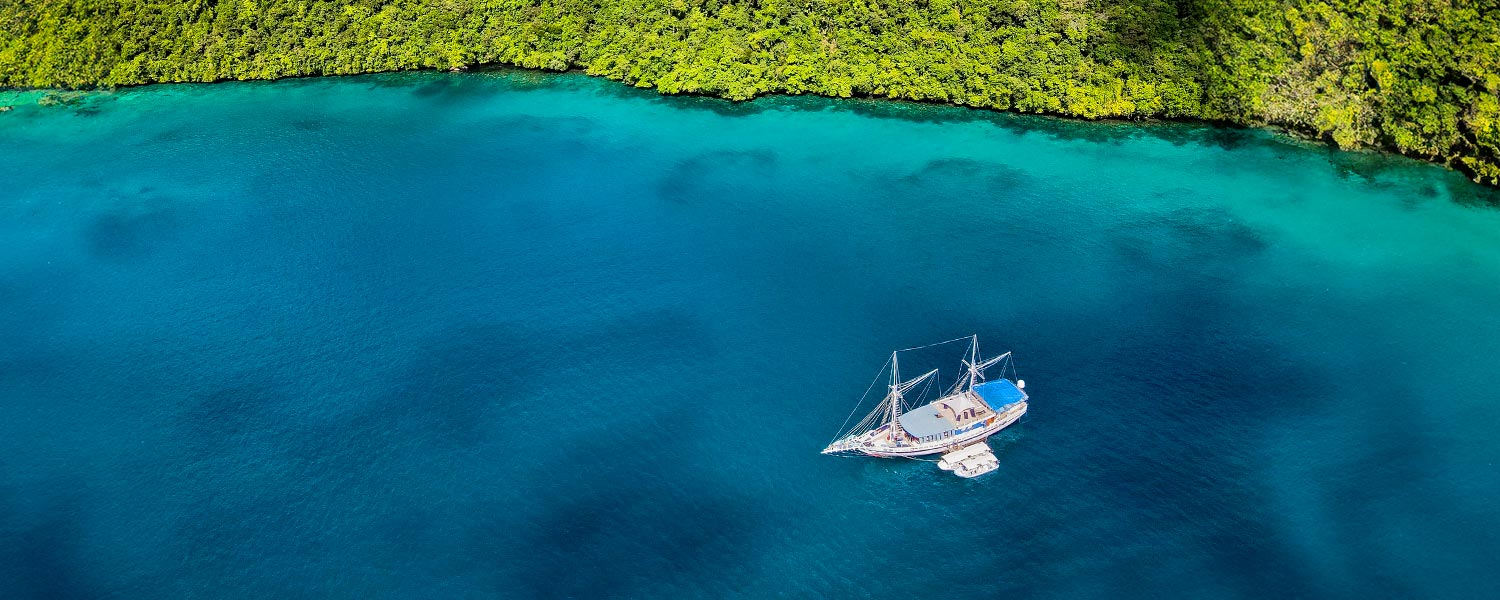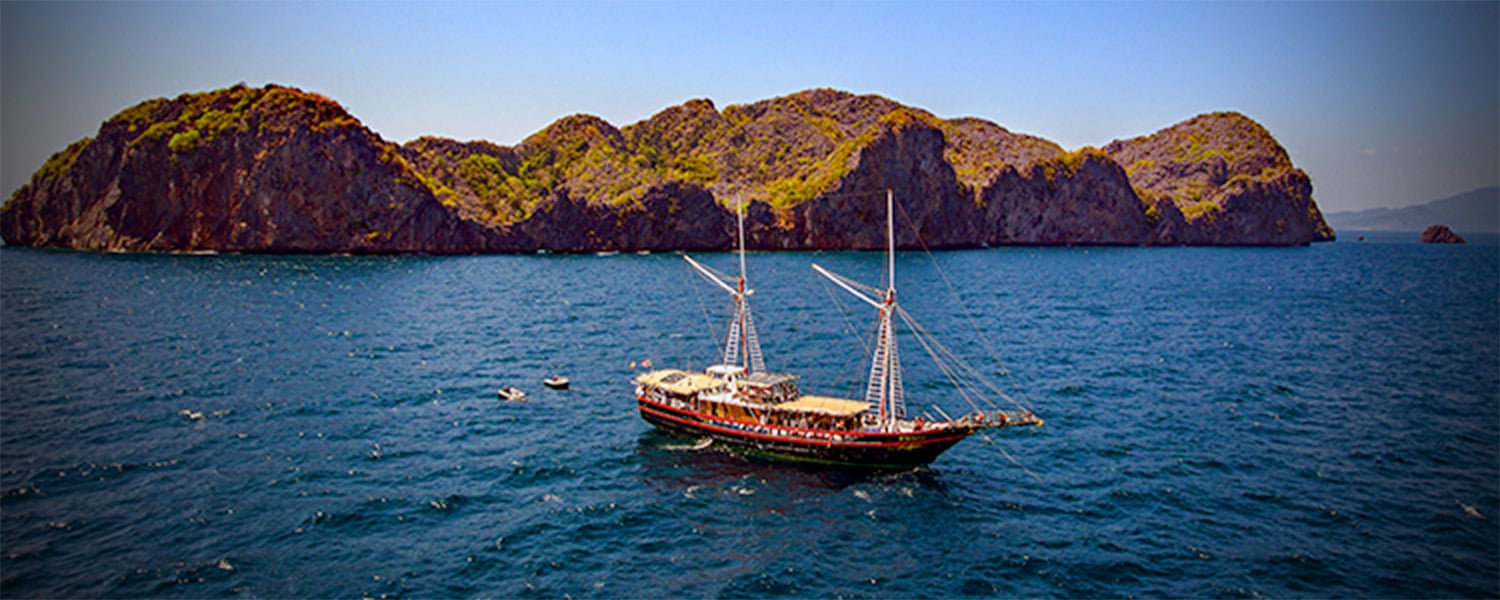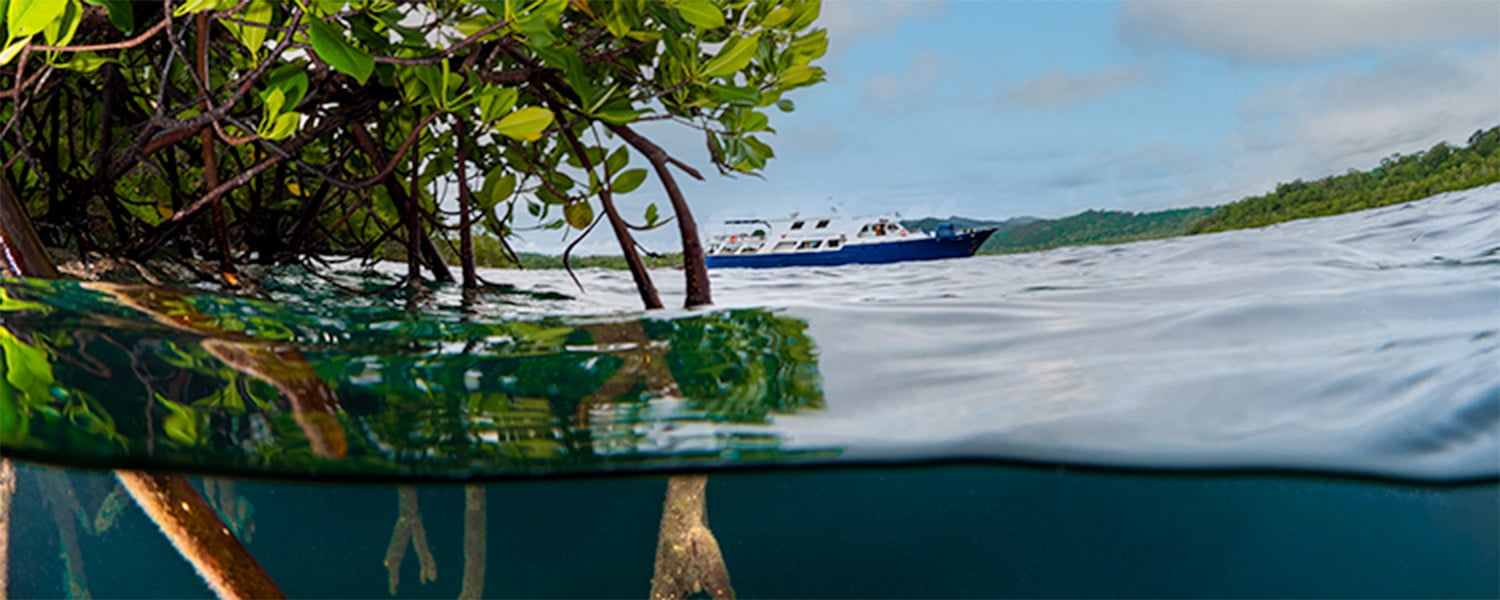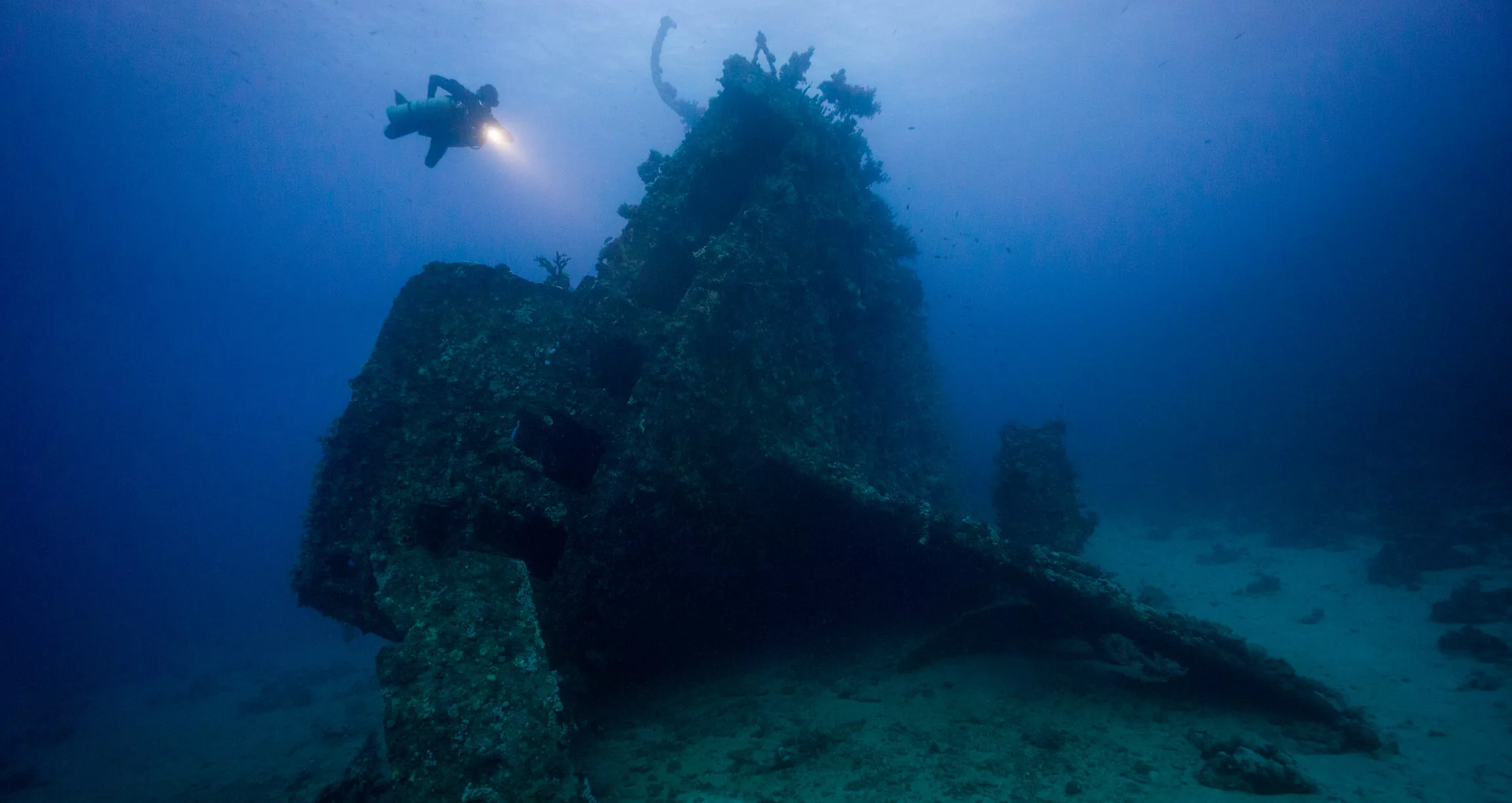Everyone who is diving on a liveaboard with Master Liveaboards has done an open water course. If not open water then something similar. Most divers onboard will also have done at least one extra diving course, if not more. So we all know the answer to the basic question of how big our tank is, right?
Wrong.
But tanks are a standard size? How can that be?
The very short version is that tank designations and sizes is a very boring subject. People switch off when someone tries to explain it. We currently see the same phenomenon when people try to explain Bitcoin to others. We’re sort of interested. We know it could be good for us to know. But it’s so boring that we start thinking about what we are having for dinner instead.
There’s also the fact that people try to avoid conversations about standard tank sizes as they often break down into verbal and physical altercations. I can almost guarantee that some readers will argue out loud with their mobile devices as they read this article. Possibly, even while they are surrounded by people on a work commute. On the plus side, if you are a person that does this, you should at least get a seat to yourself.
Anyway, sit back as we bravely wade into explaining why you are probably wrong about tanks.
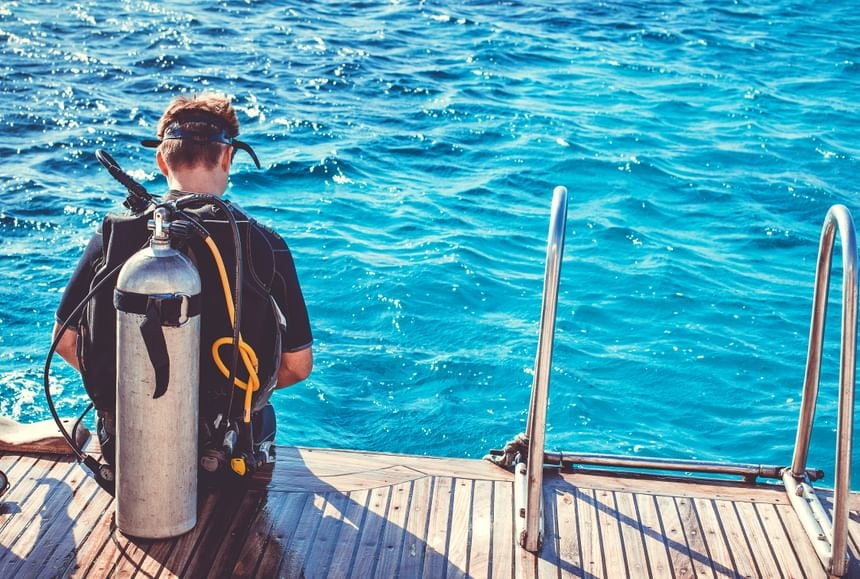
What is a standard tank?
We’ll try and keep this interesting, but the first thing to know is that there is no ‘standard’ tank. There are many standardised sizes and many of them are in common use. But, even in single tank recreational diving, there is a confusing array of choice. To add to the confusion, depending where you are in the world, divers are likely to use the same designations differently.
Many of us will be aware of the very common liveaboard tank sizes of “12 litres” and “15 litres”. The “10 litre” tank is also pretty well used. In all cases though, the litre designations are, at best, misleading. At worst they are flat out wrong and prone to starting the aforementioned arguments. In fact this is why customer designations have almost become the norm. Any self respecting member of the dive crew will tell you that, which is why they tend to refer to these tanks as “small tank”, “normal tank”, and “big tank” when talking to customers.
So am I getting a standard tank?
Most (but not all) recreational liveaboards will be using aluminium tanks. But even here, what you get may vary slightly, depending on the vessel, the location, and sometimes the manufacturer. But the following table shows you what you are most likely using on liveaboards based on a single manufacturer:
| Designation | Type | Capacity (litres) |
|---|---|---|
| Small Tank | C60 | 7.9 |
| Normal Tank 1 | S80 | 11.1 |
| Normal Tank 2 | C80 | 10.3 |
| Big Tank | C100 | 13.2 |
So what are you seeing here? Well, the first thing you will notice is that there are two “normal tanks”. Not only that, but you would have great difficulty separating these two in a line up. Kind of like Kylie and Kendall Jenner. If you know your stuff then you will be able to tell them apart; but, to most people they’re basically the same. But rest assured, they are different. The second thing most people notice is that 12 and 15 litres are missing completely from the list and 10 is in the wrong place.
All of the above is true. But, it’s the reality. We haven’t even included the (different) amount of air that these tanks hold. Manufacturers won’t do that, so you can be very very sure we will not be treading that wafer thin ice.
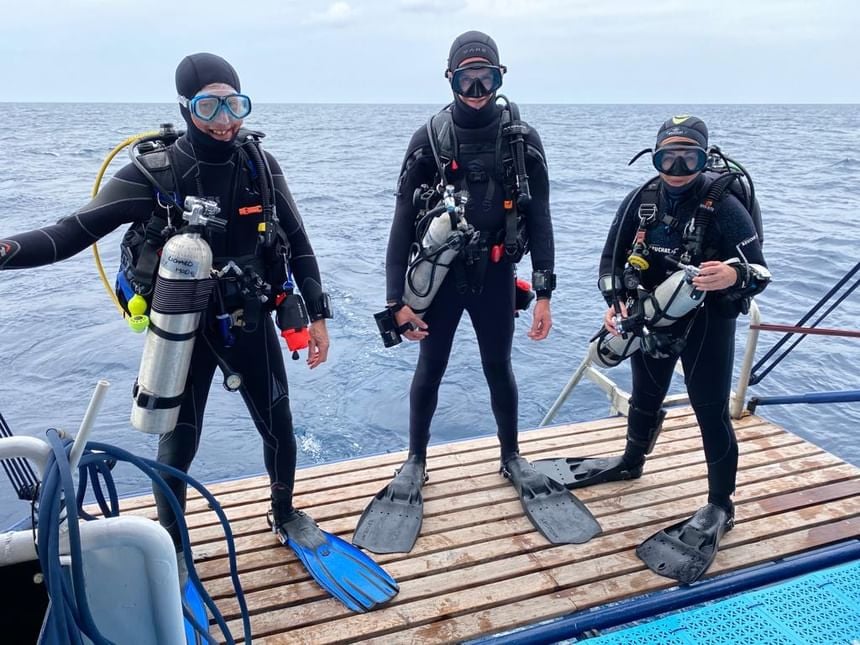
So how big is my tank? Is this really important?
At the risk of being lynched by the tech diving community, not really. To avoid the lynching, it’s worth pointing out the large caveats to this answer. We are presuming that you are diving on a liveaboard, that you are being guided by a professional, that you have always dived on similar tanks, and most importantly: you are not engaged in any kind of technical diving. This is the vast majority of recreational divers. This is who this article is aimed at. In fact, this is quite likely to be you.
Obviously, we don’t need to be completely laissez faire about this. It’s good to know the tank that you are using. Knowing your tank will give you a good idea on how much weight you should use. It will also give you a fair idea on roughly how long your dive will last if you’ve been diving for a while. But the reality is that there are many many factors that will affect both of these things from one day to the next, much less from one holiday to another.
So what do I do now?
Pretty much nothing. Keep diving. Just be aware that not all tanks are made equal. The simple fact is that most operators will use the above tanks, or very similar. If you use a “normal tank” and last an hour, then that will be the case everywhere. If you need a “big tank” to get you that extra boost in dive time, then it will still give you that boost even if you now know it’s technically a 13 litre tank and not 15.
Finally, trust your guide or instructor. For the most part.
It’s good to know your stuff. But nobody is trying to con you, you are getting what you are paying for. If you ask for a big tank and they drop a tank that looks like a normal tank in front of you telling you it’s a 15 litre; chances are, it most likely is what you asked for. It’s just that it’s a steel one. Which is a whole other article!
Confused?
In the words of the Inspiral Carpets, no one ever said it was going to be easy. Read any thread on tank sizes on a scuba forum if you don’t believe us. This conversation will never end.
You can book any additional cylinders and equipment hire with Master Liveaboards directly online or add it to your booking later on.
